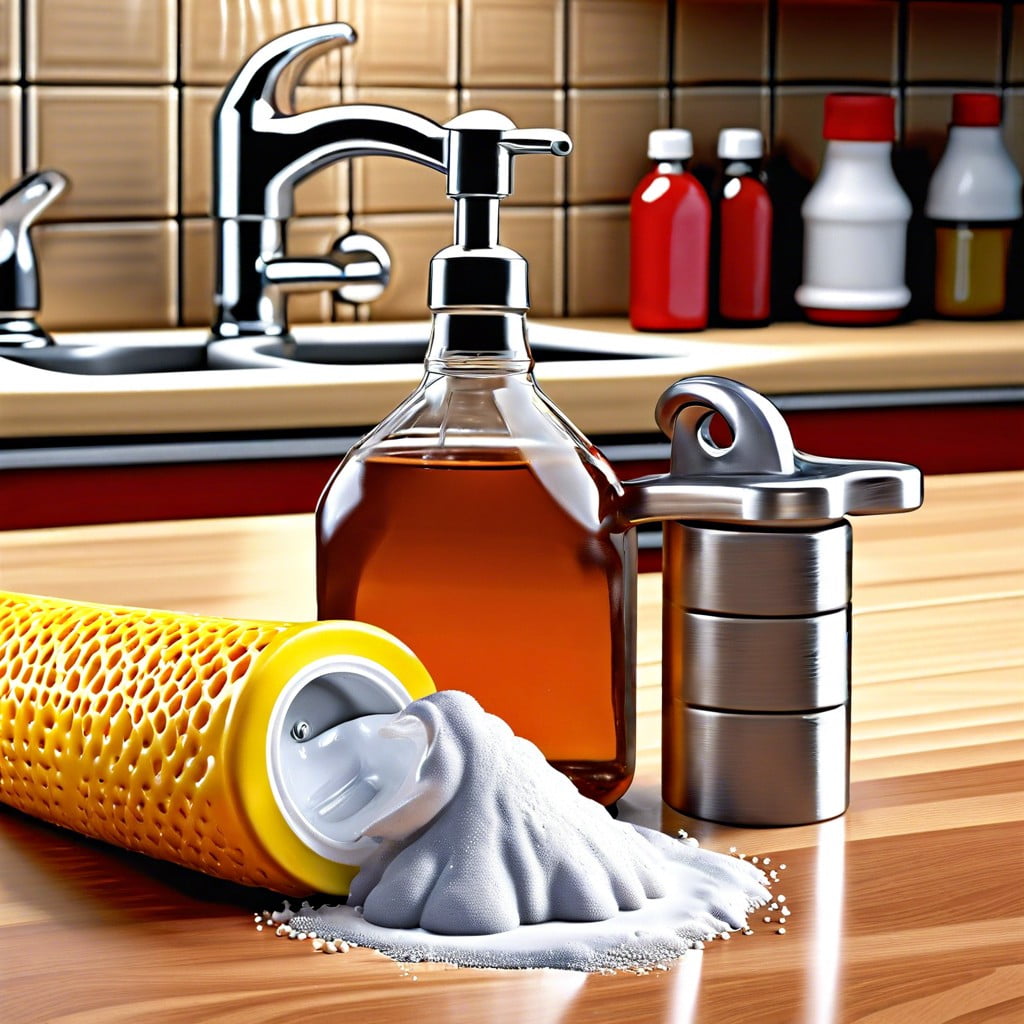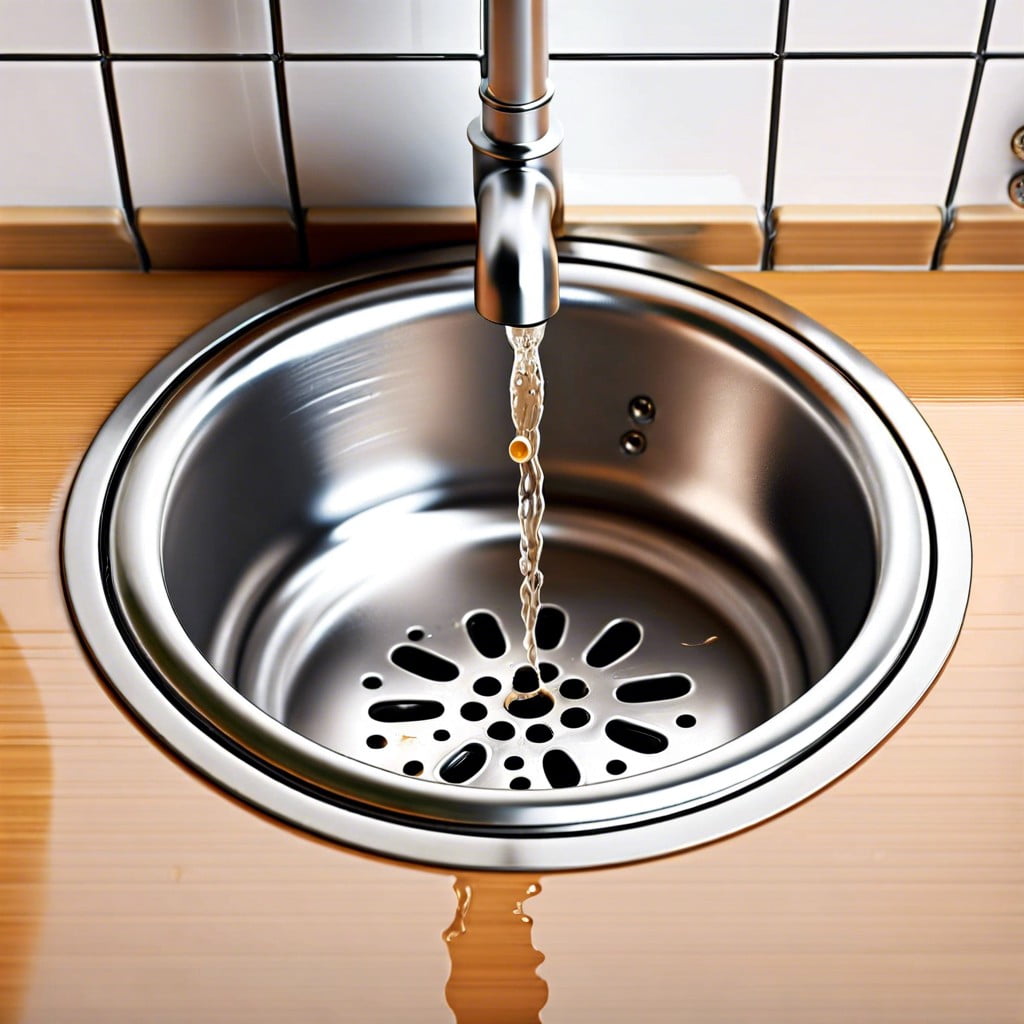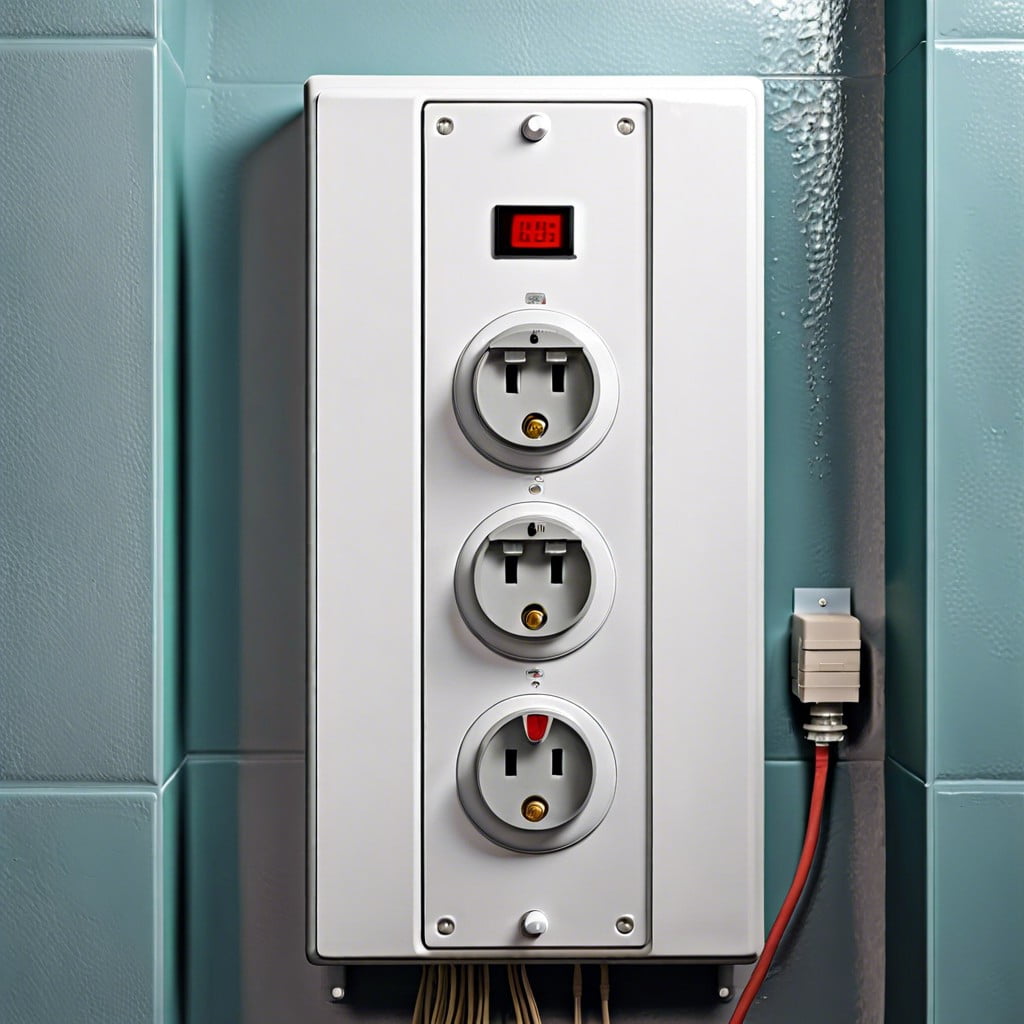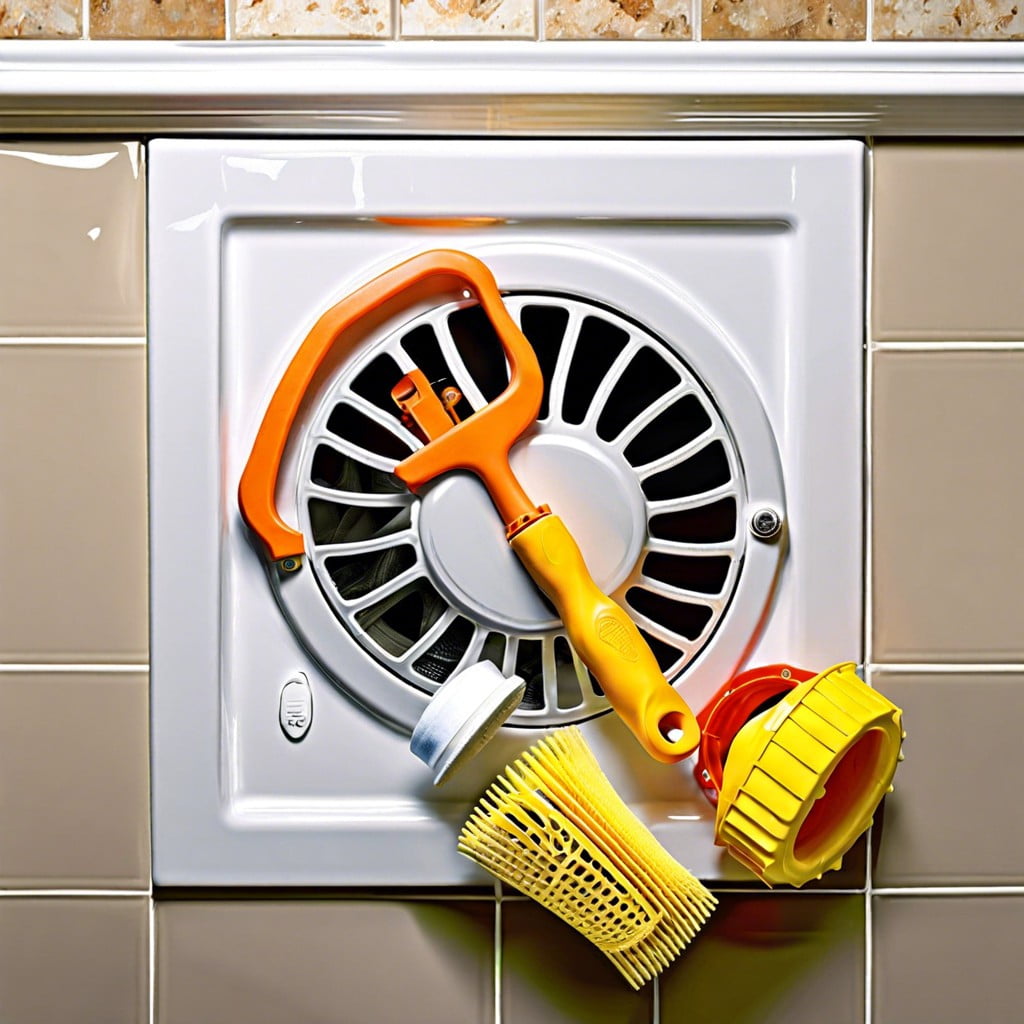Last updated on
In this guide, you’ll learn the straightforward method for removing a bathroom sink drain effortlessly without the need for professional assistance.
Key takeaways:
- Cut off the water supply.
- Disassemble the P-Trap.
- Detach the drainpipe.
- Loosen the locknut.
- Remove the sink drain.
Materials and Tools Needed
Embarking on this endeavor requires gathering a few essentials to ensure a smooth operation. Secure a pair of adjustable pliers or a wrench to grasp and turn the drain components. A plumber’s putty or silicone caulk will help reseal the drain upon reinstallation. Keep a bucket handy to catch any water that may escape once the drain is released. It’s also wise to have a rag or some towels nearby to clean up spills or wipe off residue. Lastly, teflon tape is essential if you need to reseal threaded connections with a watertight bond. With these tools at the ready, you can tackle the removal process with confidence.
Steps for Removing a Sink Drain
Before beginning the removal process, ensure you have a clear workspace and a bucket on hand to catch any residual water.
1. Cut Off the Water Supply: It’s a safety protocol. Even though the sink drain isn’t directly connected to your water supply, it’s best practice to shut it off to avoid any accidental spills.
2. Disassemble the P-Trap: Place the bucket beneath the P-trap before unscrewing it. This curvy pipe holds water to prevent sewer gases from entering the home and will likely have some water still in it.
3. Detach the Drainpipe: Sometimes referred to as the tailpiece, this is the section that connects the sink to the P-trap. Unscrew it from the drain.
4. Loosen the Locknut: The locknut is what holds the drain in place from below. Use channel-type pliers or a basin wrench to turn the locknut counterclockwise. If it’s stubborn, penetrating oil may ease the process.
5. Remove the Sink Drain: Once the locknut is off, you should be able to push the drain up and out of the sink.
Remember, while some DIY tasks seem straightforward, it’s always crucial to handle plumbing components with care to avoid damage; the hallmark of a professional approach is not the speed but the precision.
How to Remove a Pop-Up Sink Stopper
The pop-up sink stopper is a commonly used device in bathroom sinks to hold water when needed. When it’s functioning correctly, it’s a handy feature, but the moment it needs removal, you might find yourself in a bit of a puzzle.
Here’s the breakdown on how to pop that pop-up out with ease:
1. Access the Stopper Mechanism: Look below the sink; you’ll find a horizontal pivot rod connected to the drainpipe. This rod controls the stopper’s up and down motion.
2. Disengage the Pivot Rod: Unscrew the pivot nut that holds the rod in place. A few turns should allow you to slide the rod free, which will release the stopper above.
3. Lift and Clean: With the pivot rod out, you can pull the stopper straight up and out from the drain. Take this opportunity to clean any debris or buildup on the stopper itself—a culprit for drainage woes.
Remember, each pop-up has its quirks; one might have a retaining nut that requires loosening, while another could simply need a firm pull. Regardless of the style, treat the components gently to avoid unnecessary damage during reassembly.
How to Remove a Push-Pull Sink Stopper
Removing a push-pull stopper is simpler than most people expect. You won’t need a platoon of tools—just a good grip and perhaps a pair of pliers.
1. Set to Open: Start with the stopper in the open position for an easier grip.
2. Twist Counterclockwise: Hold the body of the stopper and turn the knob on top counterclockwise. Many models are designed to unscrew this way. If the stopper doesn’t release, proceed to the next step.
3. Underneath Inspection: Sometimes a setscrew beneath the stopper secures it. If so, find a flathead screwdriver, loosen (but do not fully remove) the screw to release the stopper.
4. Lift Away: Once unscrewed or loosened from the setscrew, lift the stopper straight out of the drain.
Expert Tip: Some debris might cling to the stopper as it comes out. Prepare to clean it immediately. Also, protect the sink’s surface; lay down a towel to avoid scratches or dings from your tools.
FAQ
Is there a tool to remove sink drain?
Indeed, a pair of heavy needle nose pliers can often be employed to detach a sink drain.
What are the common pitfalls to avoid when removing a bathroom sink drain?
Common pitfalls when removing a bathroom sink drain include not shutting off the water supply, not having a bucket or container to catch residual water, and not properly unscrewing or handling the pipes, which can lead to leaks or damage.
Can one person effectively remove a bathroom sink drain without professional assistance?
Yes, one person can effectively remove a bathroom sink drain without professional assistance, given they have the right tools and proper instructions.
How frequently should the bathroom sink drain be cleaned or replaced for optimum functionality?
The bathroom sink drain should ideally be cleaned once a month and replaced every five years for optimal functionality.
Recap




